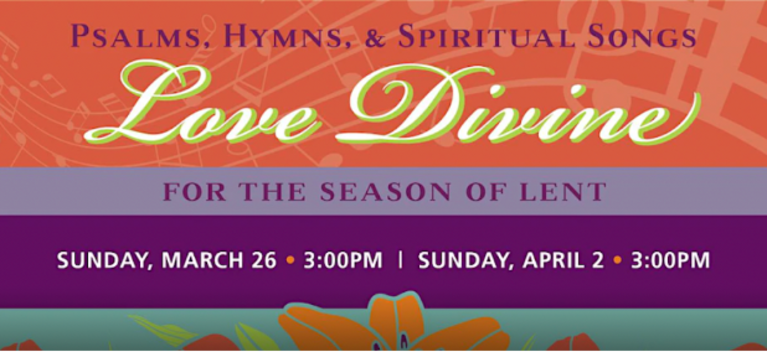Elizabeth Zelasko, a Denver local artist, explained in an article with the Denver Catholic how a painting is a vehicle for prayer.
She opened the article by saying that historical context broadens the understanding of a piece of art and enhances admiration towards it.
She then moved on to talk about how Raphael, Michelangelo, Donatello, and Leonardo are well-known names.
But as more time passes, their effect on western culture as painters becomes less significant.
Zelasko stated that these four artists were instrumental in bringing Rome back to life in their day.
She also stated that at that time, Pope Julius II was in control and saw that the Church required a fresh face for a new generation.
He employed aesthetics to carry out his grandiose strategy.
According to Zelasko, Raphael Sanzio, a young, gifted 25-year-old artist, emerged on the scene at a time when the Sistine Chapel was being painted.
That said, Sanzio was commissioned to paint the frescoes of the Pope’s new upper rooms.
La Disputa del Sacramento was one of the four primary frescos that focused on the topic of wisdom.
La Disputa
According to the Web Gallery of Art, in the fresco, the Church Triumphant is depicted above, while the Church Militant is seen below.
The Disputa and The School of Athens may be considered as sharing the same theme: the revealed truth of the genesis of all things, or the Trinity.
This can be observed in the topic shift between a study and the completed fresco.
In the painting, the monstrance holding the consecrated Host, which is placed on the altar, serves as the focal point.
Figures that symbolize the Triumphant Church and the Militant Church are grouped in two semicircles, one above the other, honoring the Host.
The multitude of biblical and ecclesiastical characters receives blessings from God the Father, who is bathed in celestial splendor at the composition's top.
Immediately below, the Virgin (bowing in devotion) and St. John the Baptist are joined by the risen Christ who is seated on a throne of clouds.
Around this core group, saints and prophets from both the Old and New Testaments are sitting on a semicircular bank of clouds resembling the throne of Christ.
Saints, popes, bishops, priests, and the faithful's mass are depicted at the bottom of the image space.
They are placed inside a huge landscape that is dominated by the altar and the Eucharistic sacrifice.
They stand in for the Church, which has intervened and still intervenes in the world while thinking about the majesty of the Trinity.
Then, following a custom from the fifteenth century, Portraits of well-known persons, both alive and deceased, have been scattered throughout the crowd by Sanzio.
Painting and Prayer
According to Zelasko, the artwork can be a tool for prayer.
It asks its viewers if the Eucharist is at the core of their existence.
It inquires as to whether they are leading a life that will enable them to sit among the saints of the Church Triumphant.
Are they interacting with the things and people around them in the proper manner and order? Is the Holy Trinity the vertical axis and the primary theme of their interior composition?
Do they do fact-checking, err on the side of truth, converse with individuals who share their desire for truth, and direct people upward toward God the Father as the Church Militant did?
In relation, Zelasko advised praying for guidance and giving God time to respond once the questions viewers have answered the questions above.
To do an inventory, Zelasko stated that one must examine all of their possessions and decide what is useful and what has to be destroyed.
She encouraged viewers to assess what are they holding out for or avoiding when contemplating this image.
Do they feel called to the Eucharist and if it has been some time since their last confession?
She stated that perhaps God is asking them to lean toward the truth and seek it out if they are drawn to those who make up the Church Militant.
That said, it is time to take some steps because Christ asks that his followers be people of action.
More from Crossmap: Denver Family shares experience as extras in faith television series




